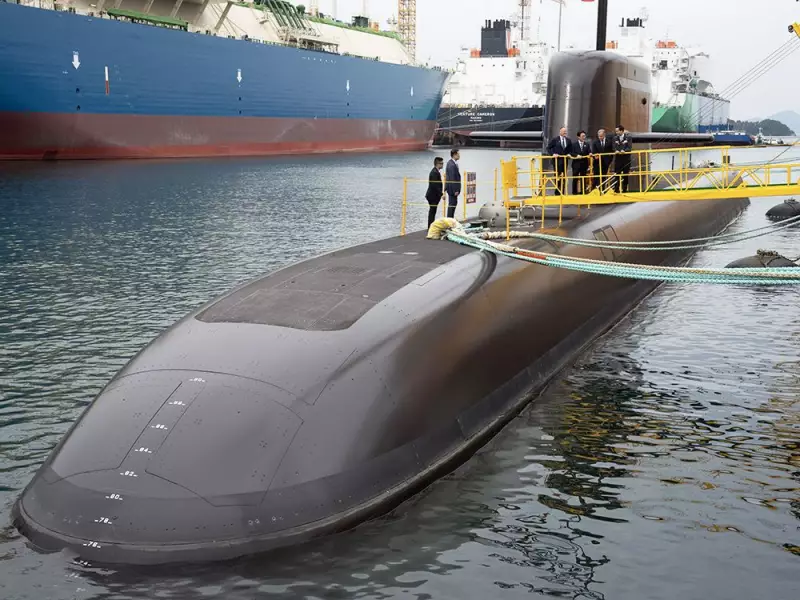
The debate over Canada's aging submarine fleet has resurfaced, with some suggesting the country should build its own underwater vessels. But before we dive headfirst into this multi-billion dollar endeavor, let's examine why domestic submarine construction might be more fantasy than practical defense strategy.
The Current State of Canada's Submarine Fleet
Canada currently operates four Victoria-class submarines, acquired second-hand from Britain in the 1990s. These vessels have faced numerous challenges throughout their service life, from maintenance issues to extended periods of inactivity. As these submarines approach the end of their operational lifespan, questions about replacement naturally arise.
The Astronomical Costs of Domestic Production
Building submarines from scratch represents one of the most complex and expensive military undertakings imaginable. Unlike surface vessels, submarines require:
- Specialized manufacturing facilities and expertise
- Advanced nuclear or conventional propulsion technology
- Sophisticated sensor and weapons systems
- Rigorous testing and certification processes
The financial investment would be staggering, potentially consuming a disproportionate share of Canada's defense budget for decades.
Learning from Global Examples
Even established naval powers face challenges with domestic submarine programs. Australia's troubled Attack-class submarine project serves as a cautionary tale—eventually abandoned after billions in spending and years of delays. The United Kingdom, with centuries of naval tradition, still collaborates extensively on submarine technology.
Practical Alternatives for Canadian Security
Rather than pursuing a costly domestic submarine program, Canada might consider more practical approaches:
- International partnerships with allied nations possessing established submarine expertise
- Off-the-shelf purchases of proven designs from experienced manufacturers
- Technology sharing agreements that provide access to advanced systems without full development costs
- Enhanced surface fleet capabilities that complement rather than replace submarine functions
The Arctic Sovereignty Question
Proponents of domestic submarine construction often cite Arctic sovereignty as a primary justification. While submarines do provide unique under-ice capabilities, other assets—including icebreakers, surveillance systems, and surface patrol vessels—might offer more cost-effective solutions for monitoring and asserting control in northern waters.
The Realistic Path Forward
Canada faces genuine security challenges that require thoughtful investment decisions. Rather than pursuing national prestige through domestic submarine construction, the country might better serve its defense needs by:
- Carefully evaluating actual security requirements versus symbolic capabilities
- Leveraging existing alliances and procurement relationships
- Focusing defense spending on capabilities that provide the greatest security return
- Maintaining and potentially upgrading existing assets while planning for sensible replacements
The romantic notion of Canadian-built submarines patrolling the nation's three ocean borders may appeal to national pride, but defense policy must be grounded in practical reality and fiscal responsibility.





